Home >Backend Development >C#.Net Tutorial >How to write strcpy function in c language
How to write strcpy function in c language
- 藏色散人Original
- 2020-02-11 09:00:098475browse
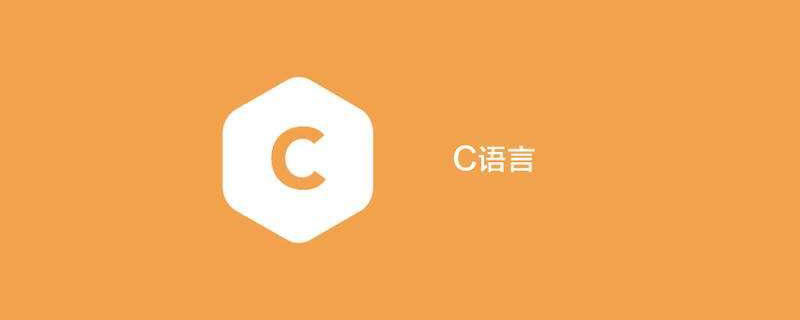
How to write strcpy function in C language
1. Build a basic C language program framework, pay attention to adding # include
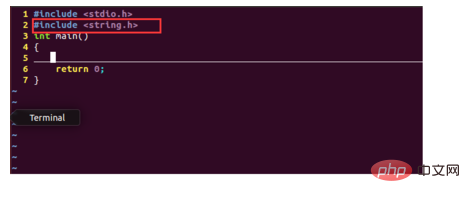
2. Define two character arrays
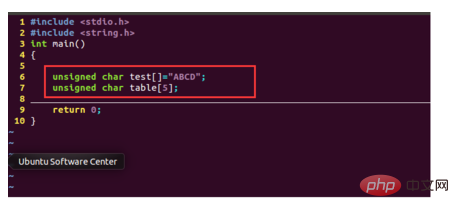
char *strcpy(char *dest, const char *src);strcpy copies the string starting from the src address and containing the '\0' terminator to the address space starting with dest. The return value type is char*. Here we do not accept the return value
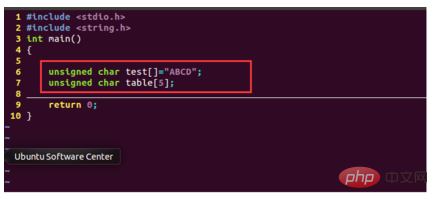
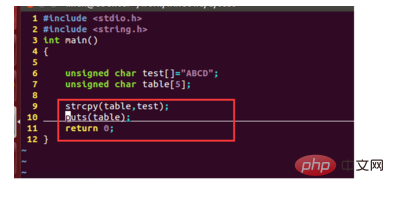



The above is the detailed content of How to write strcpy function in c language. For more information, please follow other related articles on the PHP Chinese website!
Statement:
The content of this article is voluntarily contributed by netizens, and the copyright belongs to the original author. This site does not assume corresponding legal responsibility. If you find any content suspected of plagiarism or infringement, please contact admin@php.cn
Previous article:The difference between == and = in c languageNext article:The difference between == and = in c language

